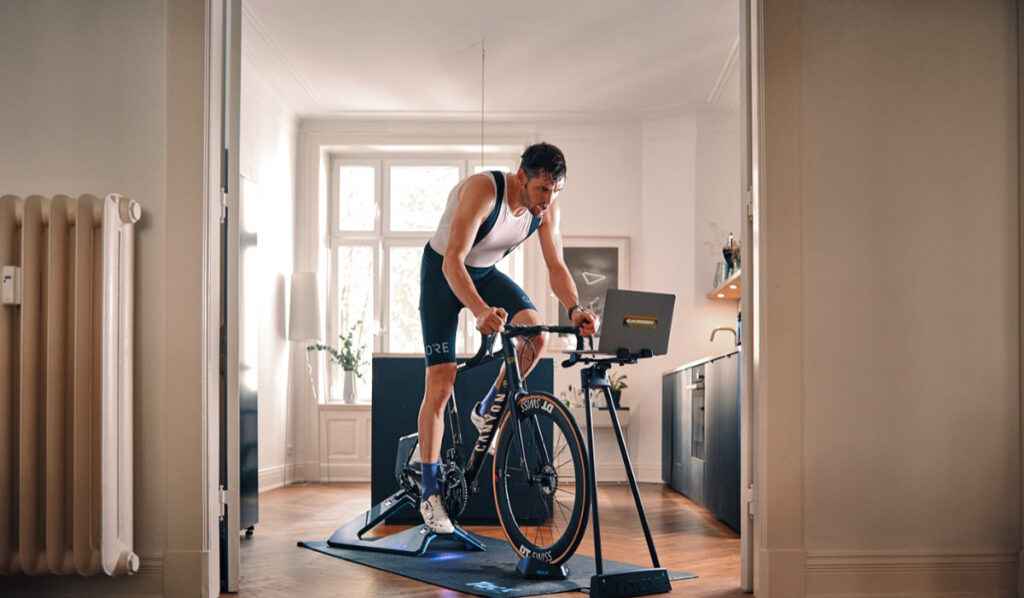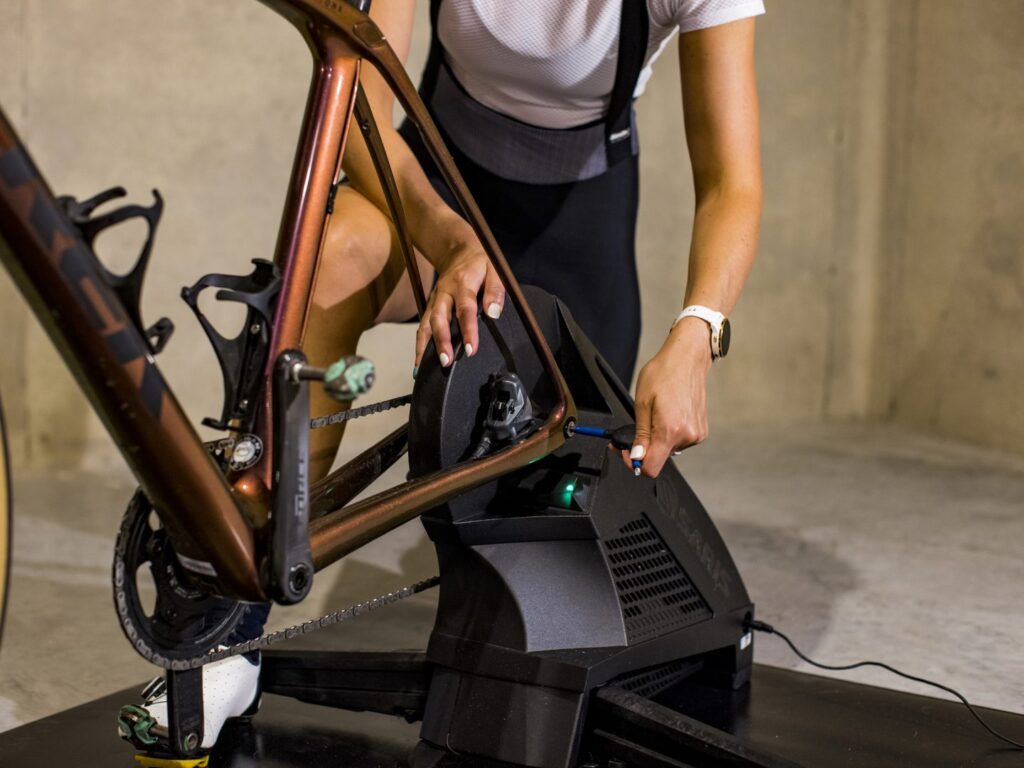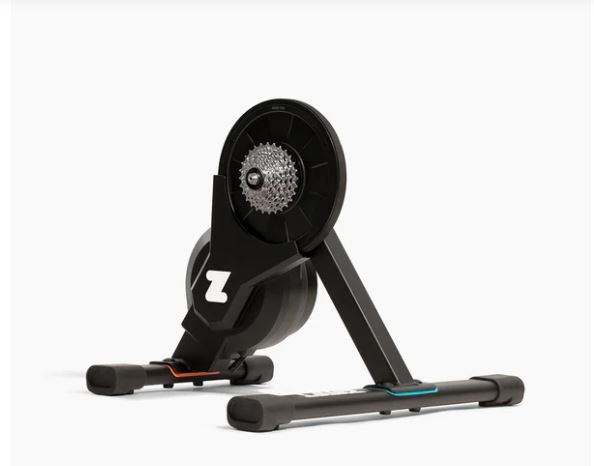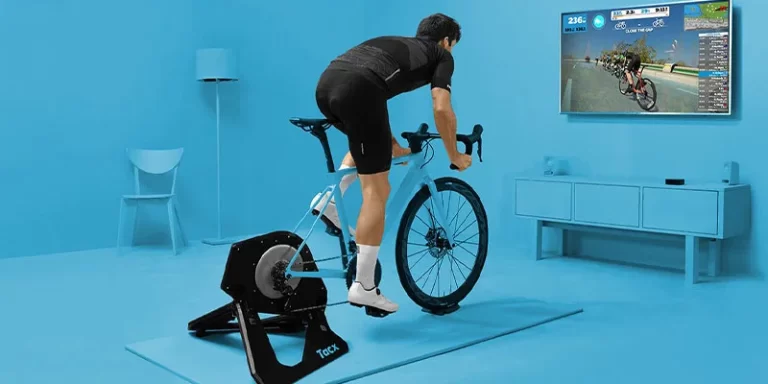Indoor Bike Trainer Workouts for Beginners: A Master Cyclist’s Guide

Key Point Summary of Indoor Bike Trainer Workouts for Beginners:
- Indoor bike trainer workouts are essential for consistent training, unaffected by weather or time constraints.
- Beginner routines are crucial for building a solid foundation, focusing on endurance, strength, and technique.
- Training programs should be progressive, starting with basic skills and gradually increasing in intensity and complexity.
- Tailoring workouts to your specific goals, whether it’s improving endurance, speed, or overall fitness, can lead to better results.
- Incorporating variety in your workouts prevents boredom and promotes a well-rounded fitness level.
- Recovery is just as important as the workouts themselves, ensuring you don’t overtrain and have adequate time to heal and grow stronger.
Hey there, fellow cycling enthusiasts! Whether you’re just starting out or looking to level up your game, I’m here to share some insights into the world of indoor bike trainer workouts. Over the years, I’ve dabbled in everything from mountain biking to gravel grinding, and cyclocross racing, and I’ve learned a thing or two about how to keep in shape when the weather or life doesn’t permit hitting the great outdoors. So, let’s dive into the nitty-gritty of beginner routines and training programs that can set you on the path to cycling success.
Getting Started: The Basics
When I first mounted my bike onto an indoor trainer, I was clueless. The simplicity of it was deceiving; I thought, “How hard can it be?” Well, it wasn’t hard to start, but it was challenging to optimize. The first tip I have for you is to start with understanding your equipment. Whether you’re on a basic magnetic trainer or a high-end direct-drive smart trainer, knowing how it works, how to set it up properly, and how to use it effectively is paramount.

Beginner Routines: Building a Foundation
The core of any beginner’s routine should focus on three aspects: endurance, strength, and technique. Here’s a simple structure I followed in the early days:
- Warm-Up: Start every session with a 10-15 minute warm-up. Get your legs spinning and your heart rate slightly up. This isn’t just physical; it’s also about mentally preparing yourself for the workout ahead.
- Endurance Building: Initially, focus on longer, steadier efforts. Think 20-30 minutes at a comfortable pace where you can maintain a conversation. This isn’t about pushing hard but building a base level of fitness.
- Strength Training: Incorporate low-cadence, high-resistance intervals. This could look like 5 minutes of pedaling at a low RPM (around 60-70) with increased resistance, followed by 5 minutes of easy spinning. These efforts build muscle and teach your body to push through resistance.
- Technique Focus: Use some of your time on the trainer to focus on your pedaling technique. Try single-leg drills or high-cadence spinning to improve your efficiency on the bike.
Progressing: Intermediate Training Programs
As you get more comfortable and your fitness improves, it’s crucial to introduce variety and more structured intensity to your workouts. Here’s where interval training comes into play. Intervals are short, high-intensity efforts followed by periods of rest or low intensity. They’re incredibly effective for improving speed, endurance, and strength. A simple interval session might include:
- 5-minute warm-up
- 1-minute hard effort, followed by 2 minutes of easy spinning (repeat 5-10 times)
- 5-minute cooldown
These sessions should be hard but manageable. The goal is progression, not perfection from day one.

Incorporating Variety
As you grow more accustomed to indoor training, variety becomes your best friend. I’ve found that mixing up workouts not only keeps boredom at bay but also accelerates progress. Try alternating between endurance rides, where you maintain a moderate pace for a longer duration, and interval sessions, where you mix in short bursts of high intensity followed by recovery periods. This approach mimics the varied demands of outdoor riding, from long climbs to quick sprints out of corners.
Interval Workouts
Speaking of intervals, they’re a game-changer. One of my go-to sessions involves a series of 1-minute efforts at a high intensity, followed by 1 minute of easy spinning for recovery. Start with a set of 5 and gradually increase as you feel more comfortable. It’s a simple format but incredibly effective for building power and improving cardiovascular fitness.
Recovery Is Key
One of the most valuable lessons I’ve learned is the importance of recovery. It’s tempting to go hard every session, especially when you start seeing improvements. However, recovery rides are crucial. These should be easy spins that allow your muscles to relax and rebuild, promoting fitness gains without the risk of burnout or injury. I’ve found that incorporating one or two recovery sessions a week helps maintain a healthy balance.
Tracking Progress
Keeping an eye on your progress can be incredibly motivating. Whether it’s noting down how you felt during a workout, tracking your average speed, or monitoring your heart rate, seeing improvements over time is a huge boost. I started with a simple journal, jotting down notes after each session. It wasn’t long before I could see the progress in black and white, which was a massive encouragement on days when motivation was hard to come by.
Community and Support
Lastly, remember you’re not in this alone. The cycling community is vast and supportive, and there’s a wealth of knowledge and experience to tap into. Joining online forums or local cycling groups can provide invaluable advice, motivation, and camaraderie. I’ve met some of my closest friends through cycling, and the encouragement we give each other is priceless.
Indoor bike training has transformed from a necessary evil into a valued component of my training regimen. It’s allowed me to maintain and even improve my fitness through the off-season, experiment with new techniques in a controlled environment, and enjoy cycling when life otherwise wouldn’t allow it.
Whether you’re just starting out or looking to add a new dimension to your training, indoor cycling offers a flexible, efficient, and effective way to achieve your cycling goals. Remember, the journey is as important as the destination. Enjoy the ride, and I’ll see you on the road (or the trainer)!
Incorporating these strategies into your routine can significantly enhance your indoor cycling experience, ensuring that you build strength

Best Indoor Bike Trainers for Beginners
1. Magnetic Trainers
- Saris Mag+ Trainer
- Why It’s Great for Beginners: Magnetic trainers are a fantastic entry point for those new to indoor cycling. They are typically more affordable than other types and offer a decent range of resistance levels, which can be manually adjusted. The Saris Mag+ also includes a handlebar-mounted shifter to change resistance levels easily.
- Considerations: While quieter than wind trainers, they can be noisier than fluid or direct-drive models. The resistance might not mimic road feel as accurately as more expensive models.
2. Fluid Trainers
- Kurt Kinetic Road Machine Smart 2
- Why It’s Great for Beginners: Fluid trainers offer a more road-like feel compared to magnetic trainers, thanks to their progressive resistance that increases with your speed. The Kurt Kinetic Road Machine Smart 2 is an excellent example, known for its durability, quiet operation, and included inRide sensor for connecting to training apps.
- Considerations: They tend to be more expensive than magnetic trainers but offer better value for those looking for a more realistic riding experience.
3. Smart Trainers
- Wahoo KICKR SNAP
- Why It’s Great for Beginners: Smart trainers can connect to a variety of training apps, allowing for an interactive and engaging training session. The Wahoo KICKR SNAP is a wheel-on smart trainer that provides accurate power measurements, wireless connectivity, and a realistic road feel. It’s an excellent option for beginners looking to get a more immersive training experience without breaking the bank.
- Considerations: Smart trainers are more expensive than basic magnetic or fluid trainers but offer features that can greatly enhance your training, such as automatic resistance changes and virtual riding environments.
4. Direct Drive Trainers
- Elite Suito
- Why It’s Great for Beginners: Direct drive trainers offer the best in terms of noise reduction, road feel, and accuracy. The Elite Suito is pre-assembled and comes with a cassette installed, making it very easy to set up. It’s compatible with various apps and devices, offering a seamless integration for a beginner-friendly experience.
- Considerations: These are the most expensive type of trainers but are worth the investment for those who plan to spend a lot of time training indoors and want the best experience.
5. Wheel-On Smart Trainers
- Tacx Flow Smart Trainer
- Why It’s Great for Beginners: For those interested in smart features but on a tighter budget, wheel-on smart trainers like the Tacx Flow offer a balance of performance and price. They provide interactive features, decent accuracy, and compatibility with training apps, making indoor cycling fun and effective.
- Considerations: While more affordable than direct-drive trainers, they may not offer the same level of road feel or quietness.

FAQ
How long should a beginner ride a stationary bike?
Beginners should aim for 20-30 minutes per session, 3-5 times a week, gradually increasing duration as fitness improves.
What is a good stationary bike routine for beginners?
A solid beginner routine includes a 5-10 minute warm-up at a low resistance, followed by 10-20 minutes of cycling at a moderate intensity where you can still hold a conversation, and then a 5-minute cool-down at low resistance.
How far should a beginner ride a stationary bike?
Distance is less relevant on a stationary bike; focus on time and intensity. Start with 20-30 minutes per session and adjust based on your fitness level and goals.
How do beginners start indoor cycling?
Begin by setting up your bike correctly to fit your body, ensuring a comfortable seat position and handlebar height. Start with short, manageable sessions focusing on getting used to the bike and gradually increase duration and intensity. Incorporate a variety of workouts to keep things interesting and cover different aspects of fitness, like endurance and strength.






